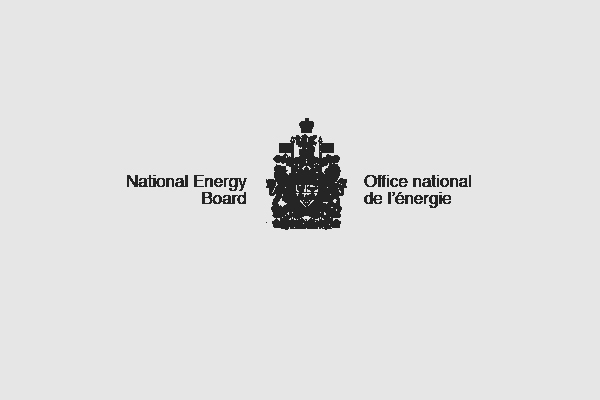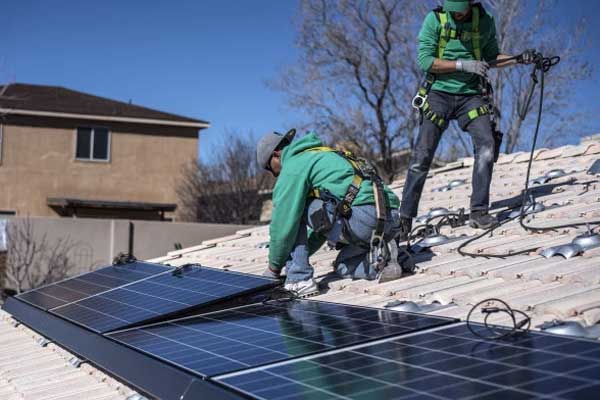CALGARY, Nov. 28, 2018 — Canadians have a new way to assess whether it makes financial sense to install solar power in a new interactive online report released by the National Energy Board (NEB).
The report titled the Economics of Solar Power in Canada estimates the amount and cost of electricity solar projects might generate in four scenarios: residential, commercial, community, and utility-scale.
It also compares these costs to local electricity prices allowing people across the country to understand the implications of installing solar now, in the near future, or what it would look like to install solar in a low-cost future based on location.
Whether solar power is competitive in a province often depends more on local electricity prices than the amount of sunlight received.
The cost to install solar has decreased over the past five years in Canada, making solar power more cost competitive with other forms of traditional electricity generation. As costs fall in the future, break-even prices will continue falling too, making solar installation more affordable for Canadians.
This unique resource is the only interactive tool available to Canadians that provides guidance in assessing solar installation viability at a residential, business or community level.
The NEB monitors energy markets and assesses Canadian energy requirements and trends to support its regulatory responsibilities. This report is part of a portfolio of publications on energy supply, demand, and infrastructure that the NEB publishes regularly as part of its ongoing market monitoring.
“As provinces try to increase the number of renewables in their electricity mix, via residential, commercial, community and utility-scale systems, it becomes important to understand the economics of solar power in Canada, especially when compared to what consumers pay for electricity from the grid,” said Jean-Denis Charlebois, Chief Economist, National Energy Board
Quick Facts
Homeowner, businesses, and communities are expected to save money with solar in many places in Prince Edward Island, Nova Scotia, Ontario, and Saskatchewan.
Provincial rebate programs can significantly lower the cost of installing solar, and homeowners and businesses might save money in provinces like Nova Scotia and Alberta, where rebate programs exist.
Nunavut and the Northwest Territories are also places where installing solar might make financial sense, because of their high cost of electricity.
Smart meters, like those installed in Ontario, could increase the adoption of residential, commercial and community solar projects as they help increase the value of electricity generated during the middle of the day and improve solar economics.
Environmental considerations can be an incentive for some homeowners, businesses, and communities to install solar power even if it is more costly to do so.
In 2017, utility-scale solar was about 2 percent of Canada’s utility-scale electricity-generation capacity. However, because solar is only able to generate electricity during daylight hours, it generated less than 1 percent of Canada’s power.
NEB’s Energy Futures 2018, in its Reference Case, projects that solar power will grow to 3.5 percent of Canada’s capacity and 1.1 percent of Canada’s generation in 2040.
In Energy Futures’ Technology Case, where technology is assumed to improve at a faster pace, solar power is projected to increase to 7.5 percent of Canada’s generation capacity and 3.2 percent of Canada’s generation in 2040.














Comments